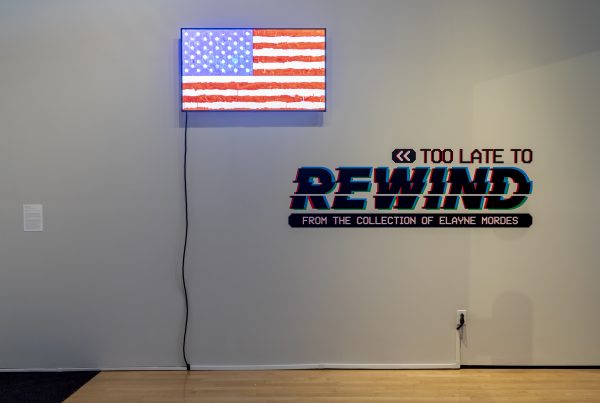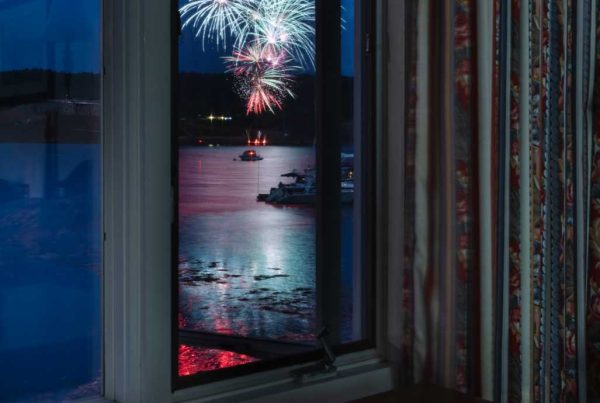Italian director Michelangelo Antonioni, who died in 2007, left behind one of the most influential corpuses in film history: 16 features that all bore his signature of existential malaise, that questioned art and music and technology and industrialization and sexuality and bourgeois society without necessarily arriving at answers about any of these things. The search was the destination.

Angelina Jolie, in her third feature as director, reveals herself to be an Antonioni acolyte, though only in the shallowest sense. “By the Sea,” written and directed by Jolie and starring herself and Brad Pitt, is not so much an homage to Antonioni as it is a poor reproduction by an artist unable to replicate or even understand the intent of the original creator.
“By the Sea,” which opens in theaters today, is set in a French chateau in the 1970s, but it may as well be Antonioni’s soulless Italy, where pretty landscapes collide with emotional decay. Pitt and Jolie play Roland and Vanessa, a married couple of 14 years whose relationship has atrophied into a loveless husk of its former self.
Roland is a durable stereotype, a former star novelist receding into alcoholic oblivion. Vanessa is his eternally bored, chronically depressed wife, a trophy who has lost her luster. From the hair to the mannerisms to the language, Jolie plays her like the exhumed corpse of Monica Vitti, Antonioni’s vacant-faced muse. She’s more of a talking mannequin—one that advertises designer sunglasses and sun hats—than a flesh-and-blood person.

They’re visiting the French seaside to clear Roland’s head and restart his writing career, but they mostly wile away their days alone, drowning in booze and ennui. Every time they look at one another, their eyes reveal pools of icy, calculated judgment. By this time, the only remaining fascination with this self-absorbed slog is its blatant Antonioni thievery; audiences unfamiliar with the old master’s work will find this entire enterprise pointless and want to abandon ship after 20 minutes.
Those who do stick with it will find themselves interminably thrust into a plodding soft-porn psychodrama that provides ample fodder for celebrity mongers to speculate about their makers’ own sex life. Jolie revives an old film-theory chestnut about movies-as-voyeurism by providing her paranoid shut-in with a peephole, which she uses to observe the sexual dalliances of the newlywed couple next door (Melanie Laurent and Melvil Poupaud), who just happen to be engaging in coitus every time Vanessa lowers her gaze. When Roland catches her in the act, he suggests they watch together, and then it kinda becomes their thing. “By the Sea” begins to adopt the tacky salaciousness of an episode of “Red Shoe Diaries.”
In ultimately providing a simple and underwhelming psychological answer for Vanessa’s condition, Jolie exposes a fundamental misunderstanding of the very art-house tradition she’s attempting to replicate. She captures Antonioni’s languorous pacing without his underlying opacity, not realizing that the power of his films lay in their very insolubility. A work that initially seems like an interesting example of cinephilic reappropriation becomes a monumental exercise in vain self-indulgence. Frankly, it’s the most egregious waste of time and talent that has graced a movie screen all year.







